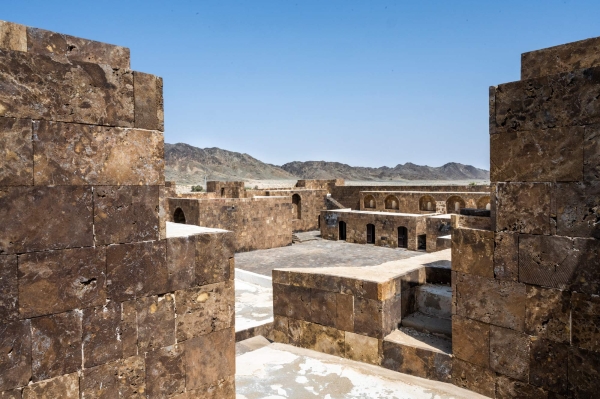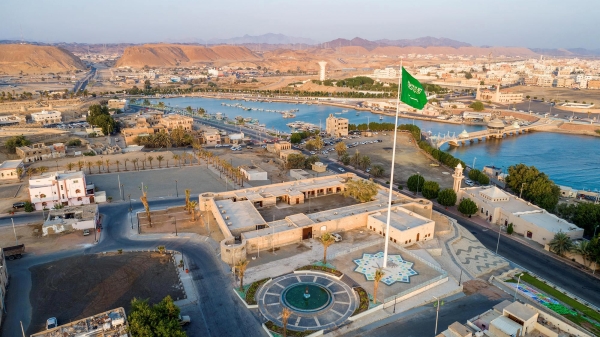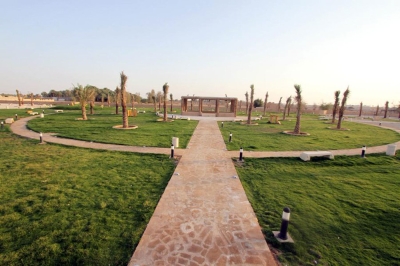

The Ruins of Duba Valley are significant archaeological sites situated within the administrative borders of Duba Governorate, part of Tabuk Province in the northwest of the Kingdom of Saudi Arabia, along the Red Sea coast. Duba's geographical importance emerged during the late Ottoman era with the construction of a small fortress to safeguard trade between Duba and the Egyptian ports.
Duba Valley location
Located 190 km west of Tabuk City, Duba Valley served as a crucial stop on the coastal route known as the Egyptian Hajj route.
Sultanic wells of Duba Valley
Near the southern Jabal al-Safra' in Duba Valley, these wells consist of four sultanic wells crafted from regular limestone. Three of these wells date back to the seventeenth century, while the fourth was excavated later by a local family from Duba. Originally, the valley housed seven freshwater wells at the beginning of the eleventh century, which decreased to four during the Ottoman era. In early Islamic times, it was noted as a village smaller than Beda.
Vanished ruins of Duba Valley
Among the vanished ruins of the valley documented in the region's history are seven freshwater wells dating back to the early eleventh century. To the southwest of Duba Valley lies a small water pool site referred to in historical records as Fasqiyah Pond.
Significant Duba ruins
Duba was historically recognized as a haven for trade and fishing ships in the northern Red Sea, featuring the ancient town. Notable historical landmarks in Duba include:
King Abdulaziz Castle
One of the most prominent castles, situated on a high plateau and constructed approximately ninety years ago, specifically in 1933, to serve as the regional emirate headquarters. Built from limestone in the local castle style, it has been restored to serve as a tourist attraction, covering an area of one thousand m.
Positioned at the highest point in the old town, it overlooks the market from the west side, functioning as a palace for governance and security in Duba. The castle was constructed by local residents and architects from Duba, Wajh, and Yanbu. Its initial stones were transported from al-Muwaylih Castle by sailboats and from Burqan Island. Subsequent modifications included sourcing construction materials from quarries within the governorate, particularly limestone. The castle features a spacious rectangular courtyard surrounded by rooms and facilities, supported by four towers at three-quarters of the circle's corners. It has two entrances, one from the west and the main entrance from the east, adorned with a foundational panel inscribed 'Built during the reign of King Abdulaziz,' alongside a mosque located on its northern side.
Al-Azlam Castle
A significant tourist landmark sought after by heritage enthusiasts, situated forty-five km south of Duba. Constructed from mud and stone, covering an area of 1,500 m, it lies close to the main Duba/al-Wajh road, surrounded by a protective wall. It is one of the ancient castles in Duba Governorate, and its construction dates back to the fourteenth century.
In 2017, the Saudi Tourism Authority (STA) (formerly the Saudi Commission for Tourism and National Heritage) completed the restoration project for al-Azlam Castle, located on the Duba/al-Wajh road, with a total cost of SAR5 million.
Related quizzes
Related articles

